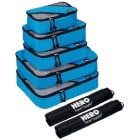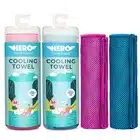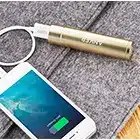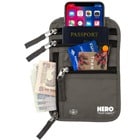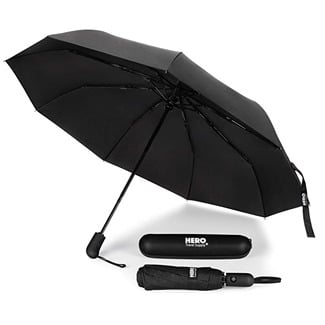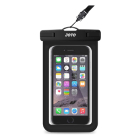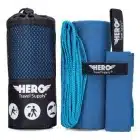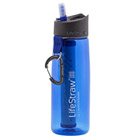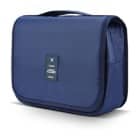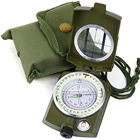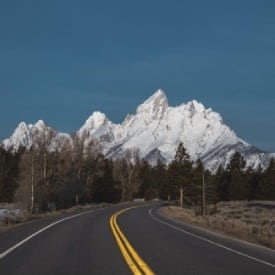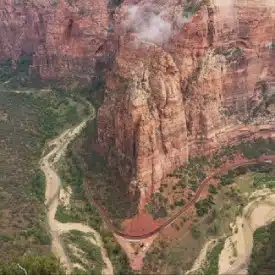Hiking
The most common activity for any of the national parks is hiking. With over 21,000 miles of trails in the combined national parks, there is no shortage of places to hike. Each year millions of people enjoy hiking in any number of the national parks, from experienced thru-hikers to day-trippers just looking to stretch their legs.
There are many companies that make clothing specifically for hiking, and for good reason! Quality hiking gear can make a world of a difference even for someone taking a short hike. Obviously, the most important thing is to have good hiking shoes that are trusted and comfortable. Next, moisture-wicking hiking pants and a top will keep you feeling good throughout your hike. In the summer, you definitely don’t want to forget sunscreen, a protective sun hat, and bug spray! For winter hiking, base layers are a must, including hats and even snow shoes if there is snow where you are going.
Swimming
Many national parks include ocean sights, lakefronts, or just smaller rivers or creeks. Unless you are visiting a national park in a desert location, you will probably be doing some swimming on your adventure. From places like Yosemite and Shenandoah national parks that have spectacular waterfalls to places like Everglades and Dry Tortugas national parks that have amazing beach fronts, you can find all kinds of bodies of water involved with national park land.
You’ll definitely need your swimsuit for many national park trips. I like to have comfortable water sandals as well for rocky rivers and such. Reef-safe sunscreen is important when you are swimming to protect water life. And don’t forget a fun beach towel and a sun hat for any sunbathing you may be doing.
Rock Climbing
My husband and I are avid rock climbers and each year we take a big climbing trip to one of the climbing spots within a national park. There are so many amazing climbing spots like Joshua Tree National Park, and Yosemite, and those are only two of so many places to climb.
Rock climbing can be any time of the year, for places like Joshua Tree, most climbers visit during the winter since it gets so hot in the desert during the summer. While places like Yosemite, it is a summertime destinations because it’s so snowy in the winter. Wherever you are going, you want to make sure you pack base layers, thin active shirts, stretchy thin pants, and pant layers that can suit you for all seasons. Comfortable stretchy shorts and sports bras are all things you can bring to go climbing in the national parks. And of course, don’t forget your highest quality climbing shoes and gear.
Sightseeing
Millions of people visit the national parks each year just to see them! Each park has something fantastic and wonderful and they are beautiful to see. Places like the Grand Canyon and Yosemite have spectacular views, while Yellowstone and Everglades National Parks are some of the best for viewing wildlife.
You will definitely want your camera and some binoculars for seeing the beautiful parks! Sunglasses to protect your eyes, and a good sun hat for shade and sun protection. Some good walking shoes are always good to have, plus a comfortable t-shirt.




